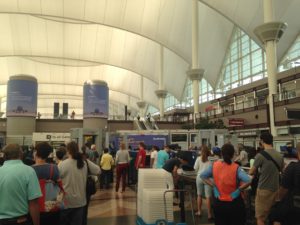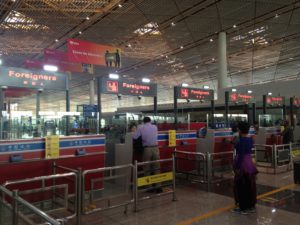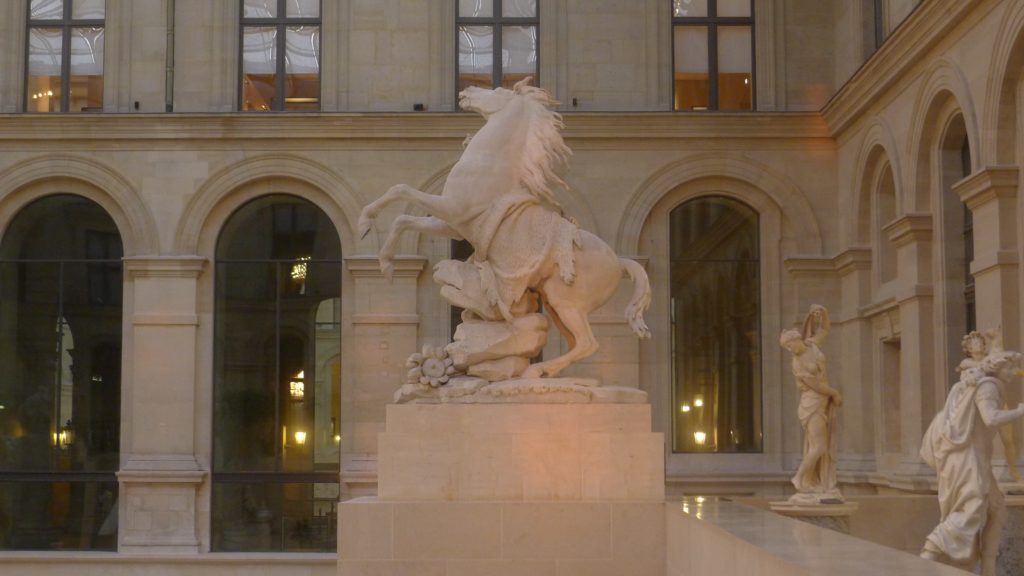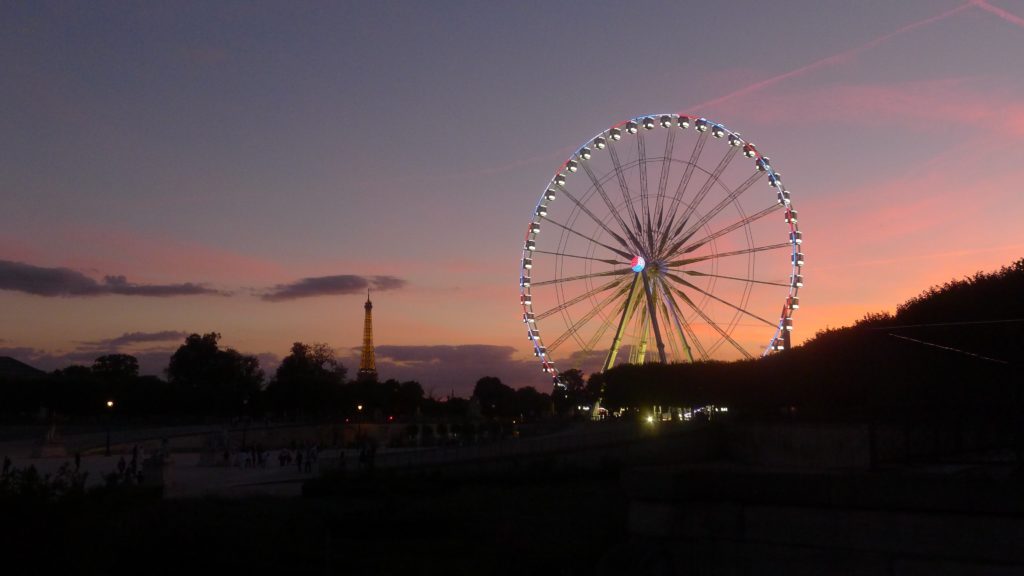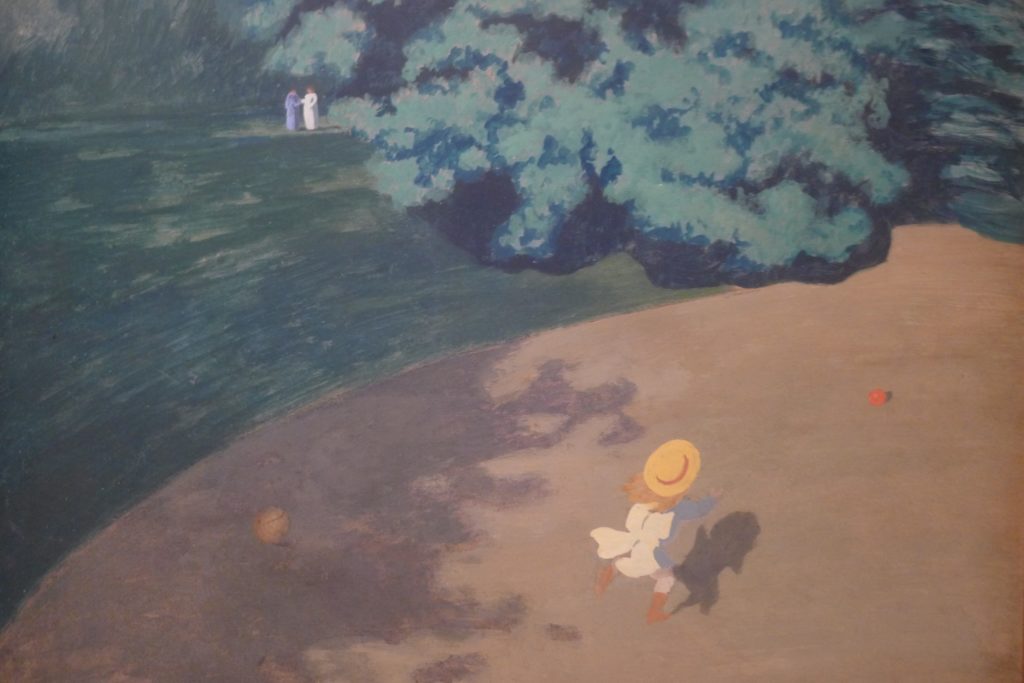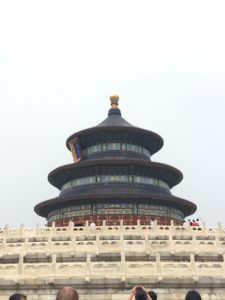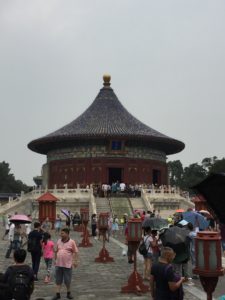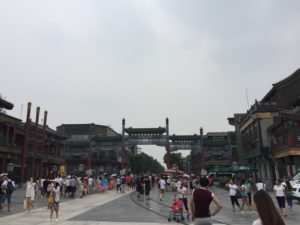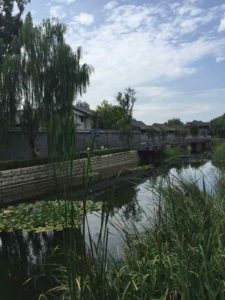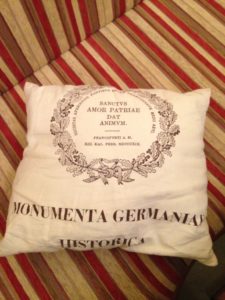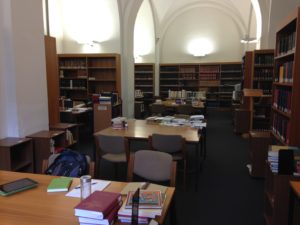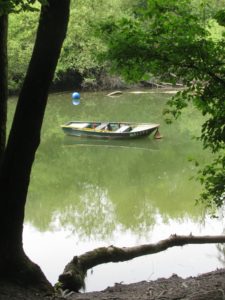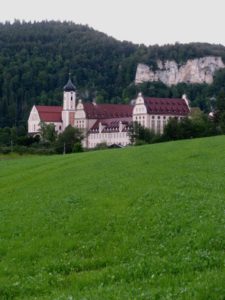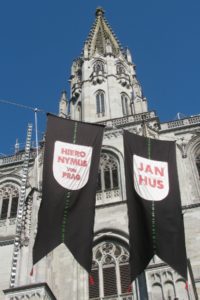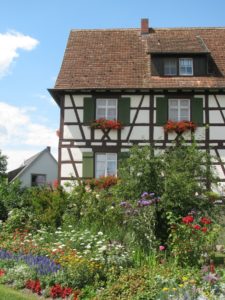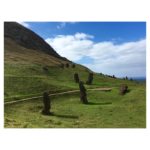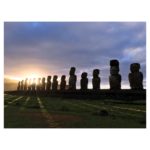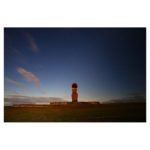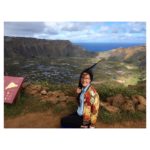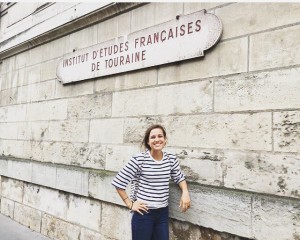This is my first trip to Beijing, China, and Asia, not to mention the farthest distance I’ve ever traveled from home, taking a 14-hour flight from Denver, CO, and connecting in San Francisco, before landing at Beijing International Airport. Thankfully, the two people sitting in my row had some interesting stories to share!
One was a Chinese man from Chengdu, and the other was an American tech/business professional who coincidentally works with Indiana University in Bloomington. He has been giving presentations in China on how to use different kinds of technology to automate the English learning process for Chinese students and assist them in applying to American universities.
This sparked an intriguing conversation on Chinese approaches to education (including the infamous “Tiger Mom” phenomenon) and Chinese culture in general. China has proven to be a remarkable example of economic growth in the past few decades. As an Economics and Chinese major considering future research topics, since landing in Beijing, I’ve been considering the cultural differences between China and the West, as well as such pressing challenges as pollution, public safety, and educational and political reform, and how China and the West compare. This will be a recurring topic throughout the blog.
decades. As an Economics and Chinese major considering future research topics, since landing in Beijing, I’ve been considering the cultural differences between China and the West, as well as such pressing challenges as pollution, public safety, and educational and political reform, and how China and the West compare. This will be a recurring topic throughout the blog.
Once I landed in Beijing, I met one of my new teachers, Li laoshi, at the airport. We took a cab to Peking University via Beijing’s 4th Ring Road (The city has 6, and is currently building a 7th).
The first thing that struck me about Beijing was its sheer size, the highways lined with sprawling arrays of apartment complexes and business parks. Traffic was at times unbearable, as no driver seemed to have the slightest concept of traffic lanes, indicators, or right of way for pedestrians and cyclists (Our cabbie drove over the dividing line for the majority of the trip, as he manoeuvred through the congested streets). The pollution was definitely noticeable as we made our way to PKU, but over the following days, the skies were unusually clear. As it had been explained to me, the rain and wind patterns have a big
effect on pollution levels, and since it had been raining often, we were able to enjoy unseasonably low pollution.
At the moment, I seem to be having trouble uploading pictures of the roads and buildings I saw on my to campus. Look out for future edits!
